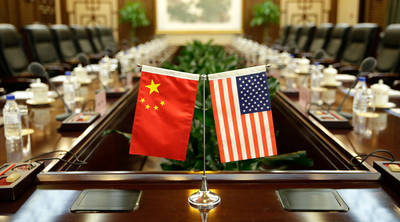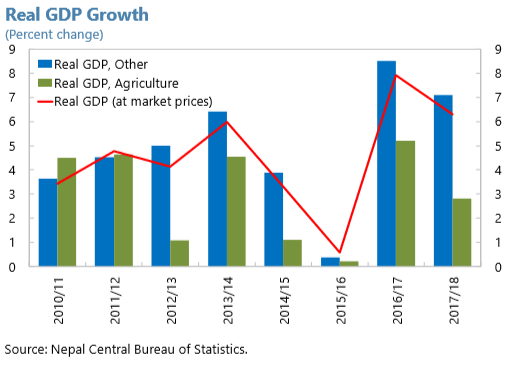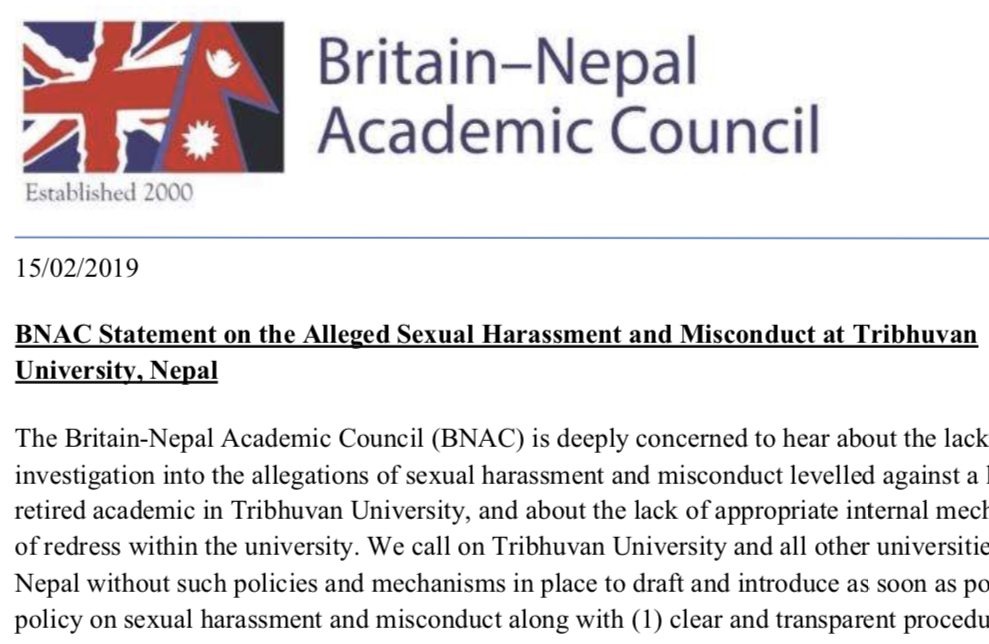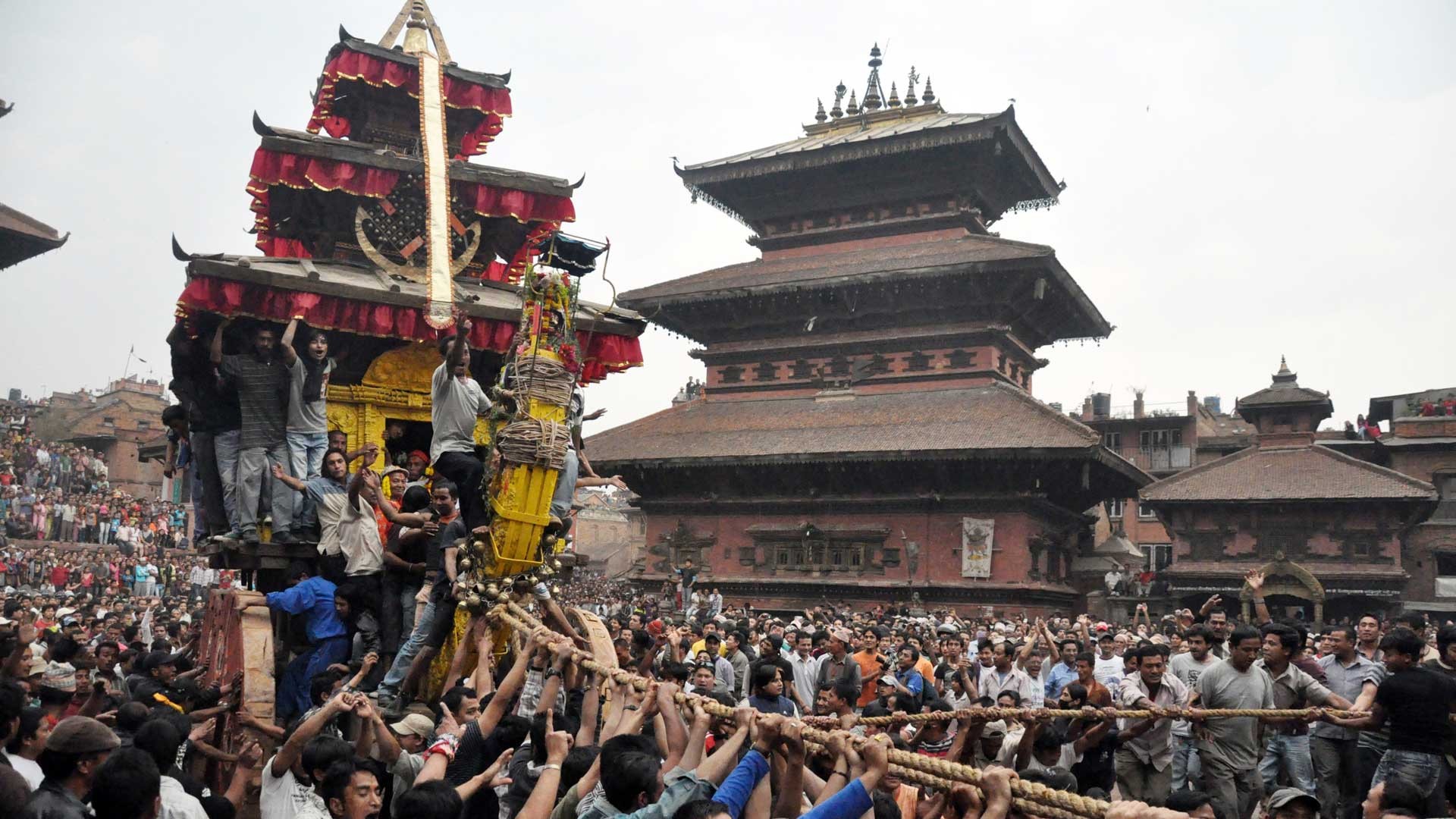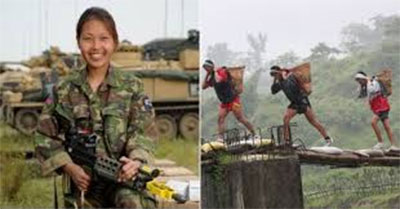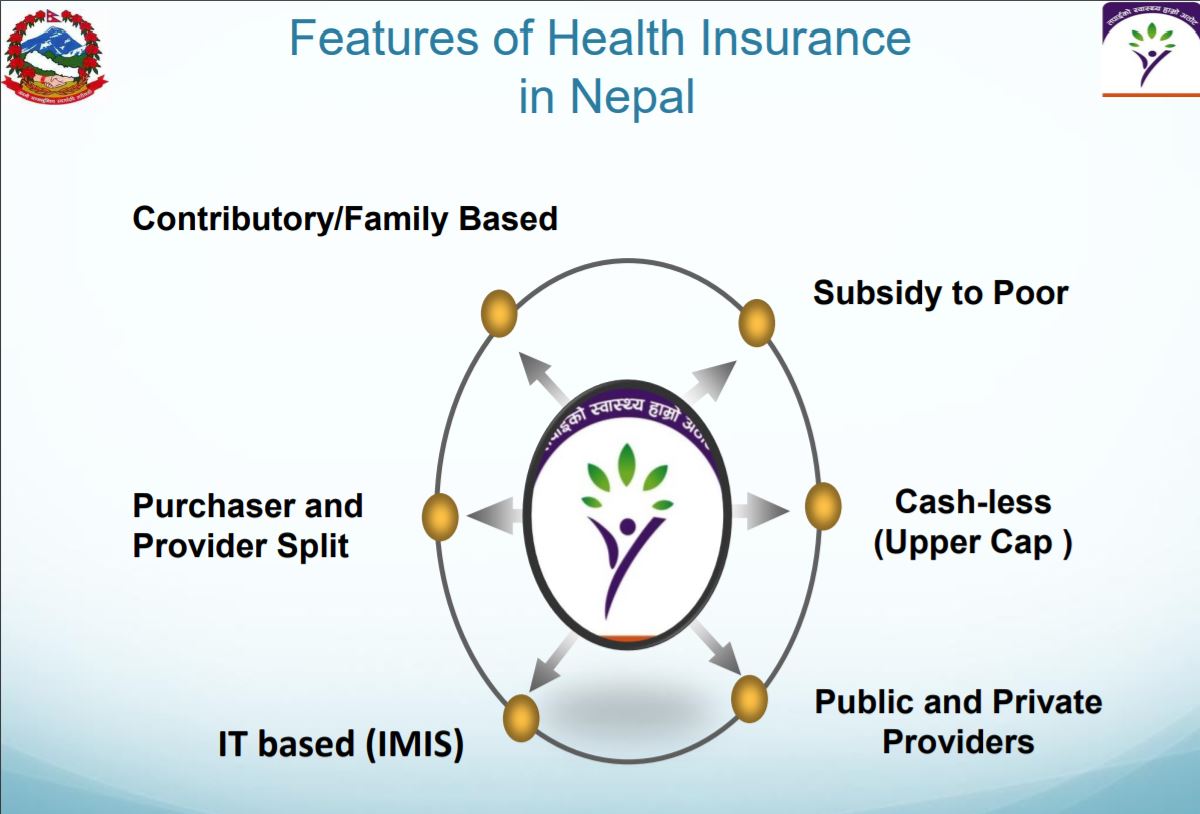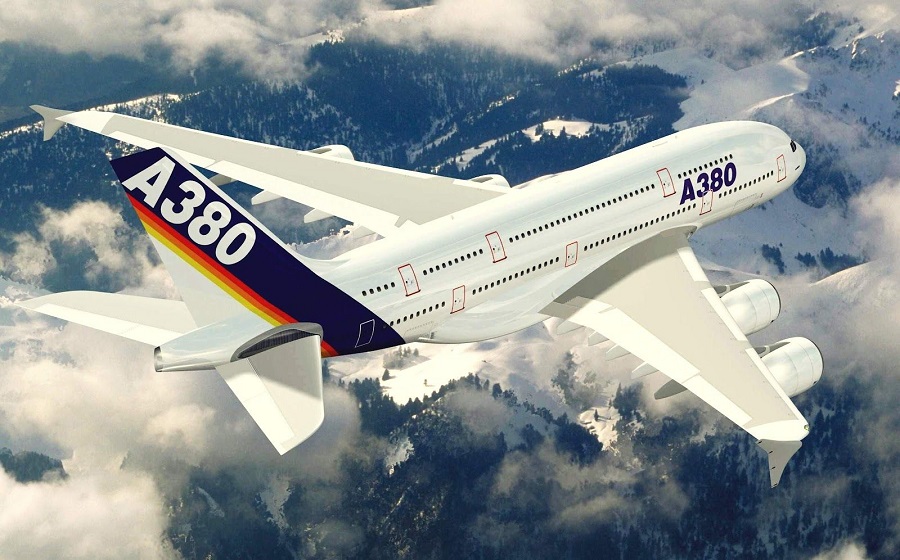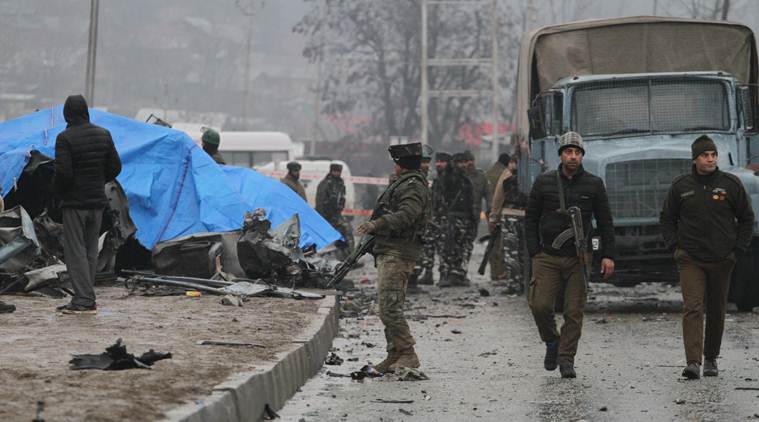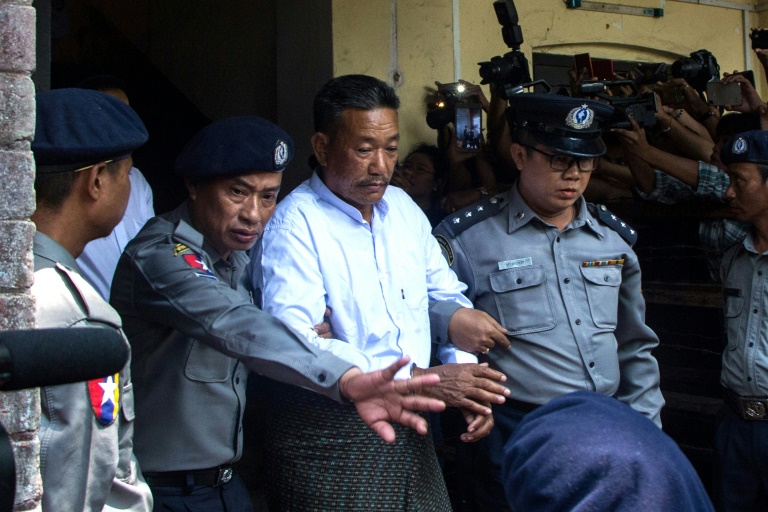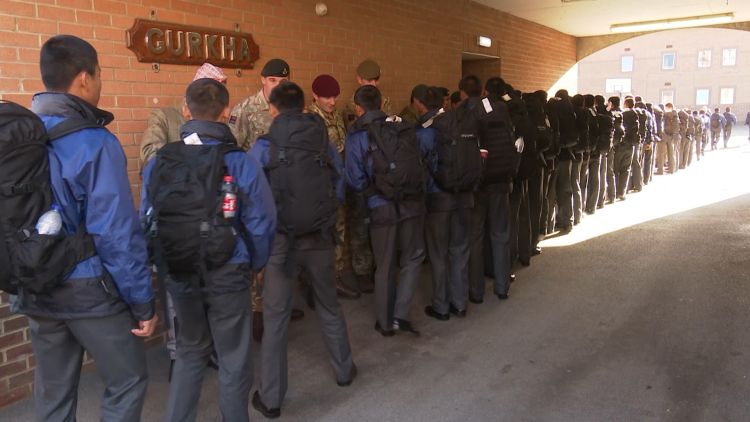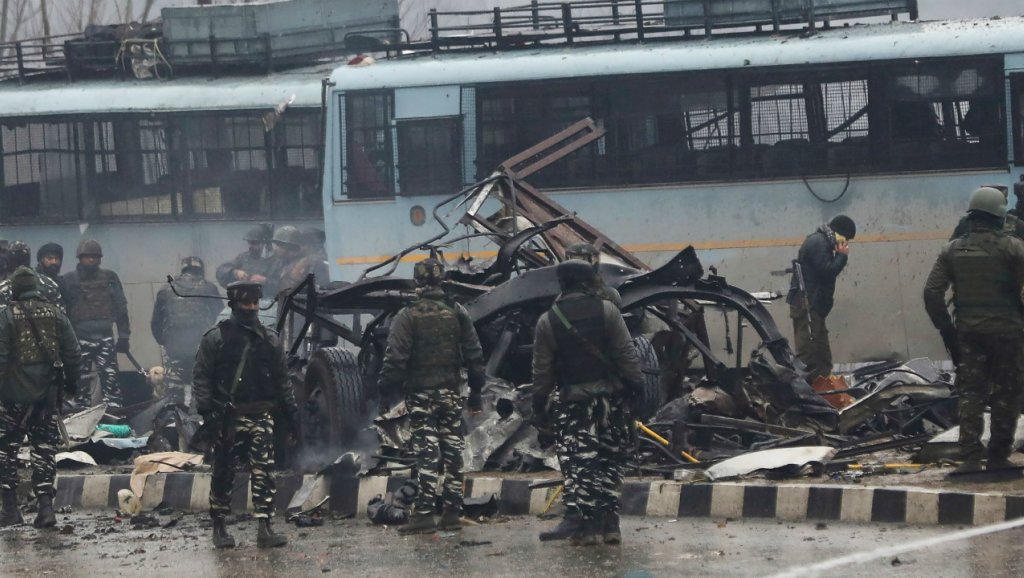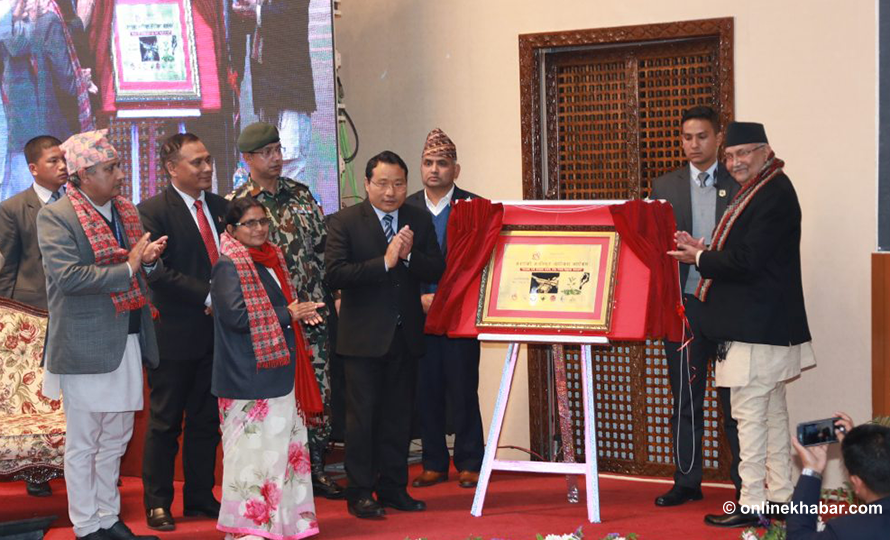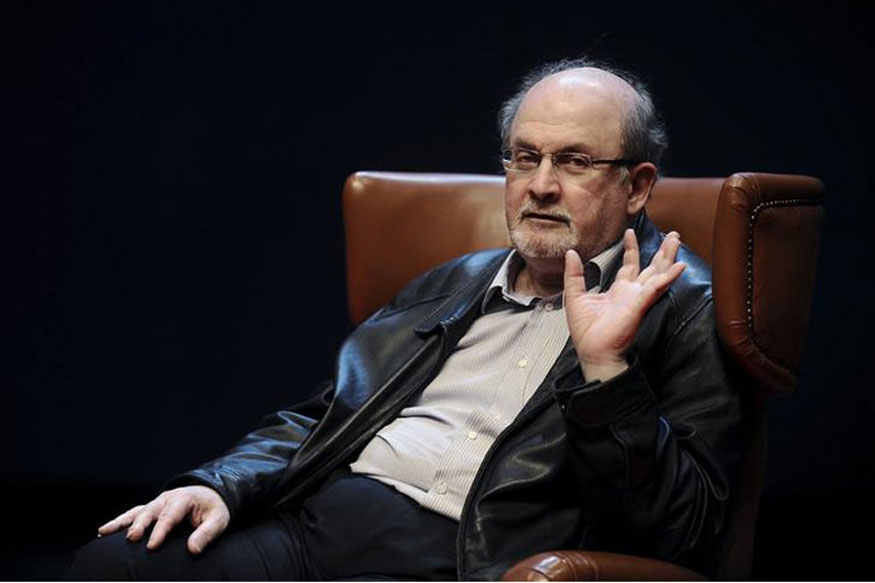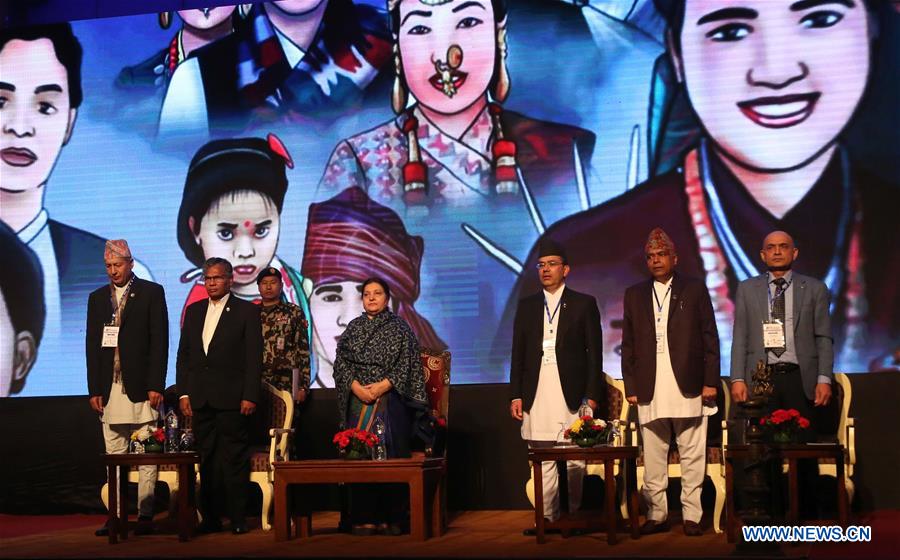Reuters , SYDNEY: Asian share markets bounced broadly on Monday as investors dared to hope for both progress at Sino-US trade talks in Washington this week and more policy stimulus from major central banks.
MSCI’s broadest index of Asia-Pacific shares outside Japan rose 0.9 percent, largely recovering from a sharp fall last Friday.
Japan’s Nikkei climbed 1.8 percent to its highest level of the year so far, while Shanghai blue chips rallied 2.1 percent.
E-Mini futures for the S&P 500 were flat as trade was thinned by a holiday in US markets, while spreadbetters pointed to a firmer opening for European bourses.
The Dow and the Nasdaq had boasted their eighth consecutive weekly gains on wagers the United States and China would hammer out an agreement resolving their protracted trade war.[.N]
The two sides will resume negotiations this week, with US President Donald Trump saying he may extend a March 1 deadline for a deal. Both reported progress in five days of talks in Beijing last week.
“That does not rule out a setback or two between now and the start of March,” said analysts at CBA in a note.
“Even so, we still think that both sides have good reasons to want to get to an agreement. And, so motivated, it makes an agreement more likely than not.”
There are also growing expectations of more reflationary policies from some of the world’s more powerful central banks.
The need for stimulus was highlighted on Monday by data showing a sharp slide in Singapore exports and a big drop in foreign orders for Japanese machinery goods.
Beijing is already taking action with China’s banks making the most new loans on record in January in an attempt to jumpstart sluggish investment.
Minutes of the Federal Reserve’s last policy meeting are due on Wednesday and should provide more guidance on the likelihood or not for rate hikes this year. There is also talk the bank will keep a much larger balance sheet than previously planned.
“Given the range of speakers since the January meeting who support “patience,” the Fed minutes should reiterate a dovish message overall,” said analysts at TD Securities in a note.
A roll call of Fed officials are speaking at various events this week including a round table on Friday covering the future of its balance sheet. [FED/DIARY]
EYEING THE ECB
The European Central Bank’s Olli Rehn told a German newspaper on Sunday that recent data point to a weakening euro zone economy and interest rates would remain at the current level until monetary policy goals have been met.
That came amid much speculation the ECB would launch another round of Targeted Long-Term Refinancing Operations (TLTRO) to support bank lending.
The risk of an easy ECB saw the euro touch a three-month low on Friday before then bouncing on dovish comments from Fed officials.
The single currency edged up 0.2 percent on Monday to $1.1312, though that was still well within the $1.1213/1.1570 trading range that has held since mid-October.
The dollar was steady on the yen at 110.53, having backed away from a two-month top of 111.12.
Sterling was a shade firmer at $1.2913 ahead of Brexit talks between British Prime Minister Theresa May and European Commission President Jean-Claude Juncker this week.
All of which left the dollar down at 96.765 on a basket of currencies and away from last week’s top of 97.368.
In commodity markets, the drift in the dollar helped spot gold firm 0.2 percent to $1,323.56 per ounce.
Oil prices reached their highest for the year so far, buoyed by OPEC-led supply cuts and US sanctions on Iran and Venezuela. [O/R]
US crude was last up 25 cents at $55.84 a barrel, while Brent crude futures rose 5 cents to $66.30




